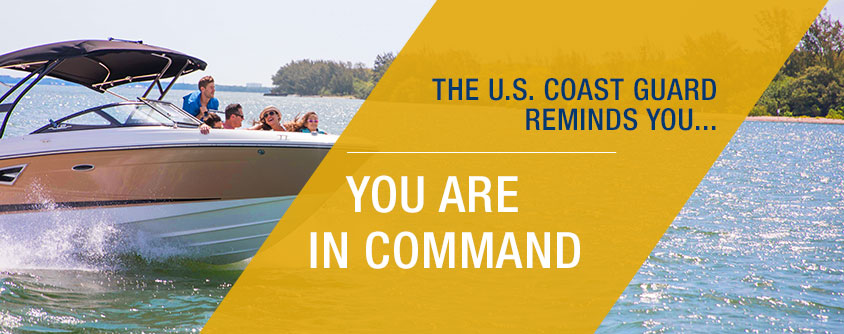
Nothing beats boating as a way to relax, have fun, enjoy the water, and bring friends and family together.
As a boat owner or operator, you are responsible for your safety, the safety of your passengers, and the safety of other boaters. This is why the U.S. Coast Guard reminds you, “You are in Command. Boat Responsibly!”
Accidents happen without warning, and when one occurs, there is rarely time to reach stowed life jackets. The vast majority of recreational boaters who drowned last year were not wearing a life jacket, and most of those were preventable deaths.
That’s why the U.S. Coast Guard recommends that boaters always wear a properly fitting U.S. Coast Guard-approved life jacket when on the water. By law, each boat must carry enough life jackets for everyone on board, as well as one throwable flotation device. However, life jackets cannot provide safety for boaters if they are inaccessible or not worn.
Federal regulations also require children 12 years old and younger to wear a life jacket while the boat is underway; your state laws may be more stringent.
As the captain of your boat, you should set the example for your passengers and always wear your life jacket. Please do the right thing, wear a life jacket and make sure all your passengers do, too.
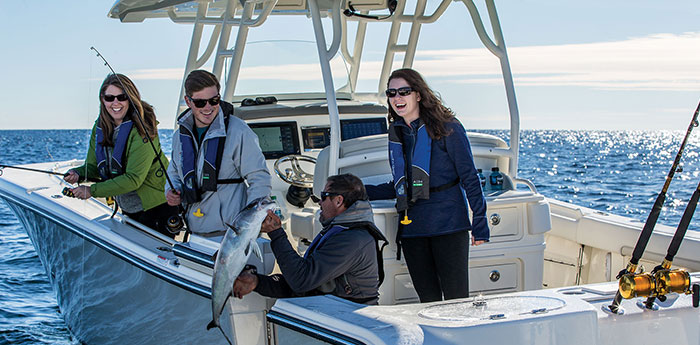
Before starting your engine, always walk around the boat and look in the water to make certain that no one is in the water near the boat. People in the water may not be visible from the helm.
Account for all your passengers and safety gear before starting the engine.
Turn off your engine when there are people in the water near the boat. Never back your boat towards them, instead, have them swim to the boat.
If your boat is equipped with an engine stop switch and lanyard, wear it while underway.
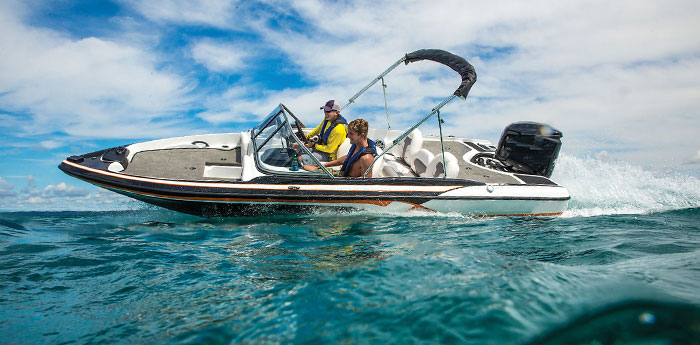
You are the captain. You must remain in full control of your physical and mental capacities at all times.
Sun, wind, noise, vibration, and motion common to boating can cause fatigue.
These environmental stressors are intensified with the use of alcohol, drugs, and even some prescription medications.
Judgment, balance, coordination and reaction time can be negatively affected without warning.
Approximately one-third of fatal boating accidents involve someone’s use of alcohol. Boating Under the Influence (BUI) is dangerous and illegal!
The U.S. Coast Guard and local law enforcement officials enforce state and federal BUI laws. Penalties can include fines and/or imprisonment.
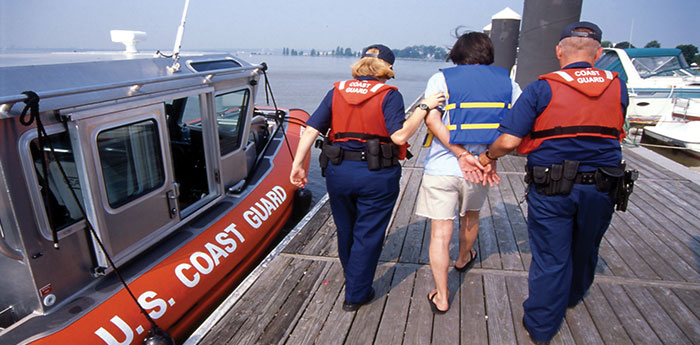
Before getting underway, be sure that all passengers are in designated occupant areas, not on gunwales, transoms, seat backs, sun decks, swim platforms or bow riding.
To prevent falls overboard, be sure that all passengers remain in designated occupant locations and especially prohibit bow riding.
Insist that your passengers use available handholds.
Children should be supervised by an adult while onboard the boat.
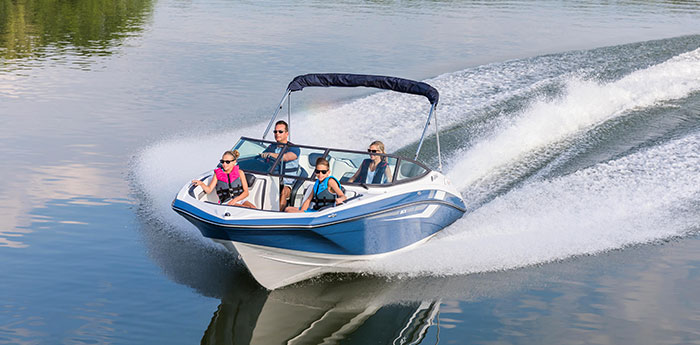
From boat handling to weather...from navigation to the “Rules of the Road”…educated boaters are safer boaters. Most boating fatalities occur on boats operated by someone who never took a boating safety course.
A wide variety of basic boating courses are available. Leading volunteer organizations such as the U.S. Coast Guard Auxiliary and United States Power Squadrons®, as well as your own state boating agency, offer inexpensive, nationally recognized classes.
You can now study at your own pace with online courses, many with an interactive format. Most online courses take less than eight hours to complete.
The U.S. Coast Guard recommends that all boat owners, operators and passengers take a boating safety course. You never know when it may be your responsibility to take command on the water.
And while you’re at it - be sure to read your boat’s warning labels, owner’s manual and the manuals for all equipment. These manuals are full of information that can help you become a more knowledgeable and safer boater.
The Vessel Safety Check (VSC) is a free bow-to-stern inspection of your boat by a qualified member of the U.S. Coast Guard Auxiliary or United States Power Squadrons®.
A VSC is the best way to learn about potential problems that could violate state or federal laws, or even worse, create possible dangers for you or your passengers on the water.
The U.S. Coast Guard recommends that you get a VSC every year. It typically takes only 20 minutes!
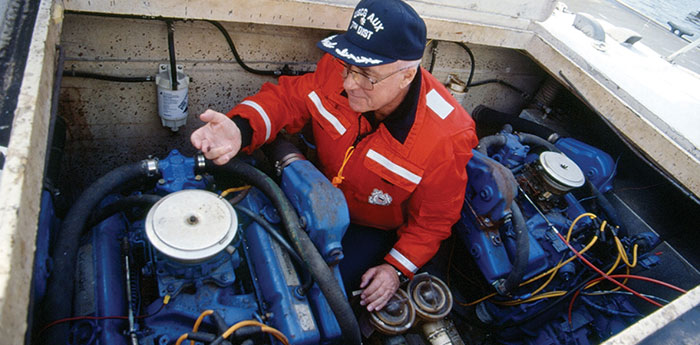
Avoiding collision with other boats and objects is one part prevention and one part common sense.
Know the Rules of the Road and the meaning of navigational aids.
Keep a sound signaling device readily available and know the rules regarding its use.
Maintain a proper lookout at all times. Scan all directions for oncoming boats which may be on a collision path with your boat.
Know the area where you are boating. If you are new to the area ask local boaters about natural local hazards and water traffic.
Be especially cautious at night or if caught in weather such as fog. SLOW DOWN, post a lookout and listen for sounds around you.
Ensure your navigation lights are on at night and functioning properly.
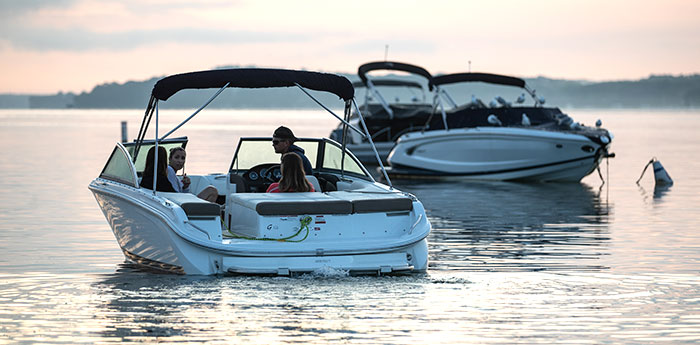
Carbon monoxide (CO) is a colorless, odorless, and tasteless gas. Prolonged exposure to low concentrations or very short exposure to high concentrations can injure or kill you and your passengers.
Sources of CO on your boat may include engines, generators, gas cooking ranges, or gas space and water heaters. Nearby boats may also be a source of migrating CO.
CO can accumulate anywhere in or around your boat, including on or under back decks or swim platforms. Know where your engine and generator exhaust outlets are located and keep everyone from lingering in these areas. CO can remain for a while in or around your boat at dangerous levels even after your engine or generator is turned off.
If you can smell engine exhaust, you are inhaling CO. If exhaust fumes are detected on your boat, take action to ventilate these fumes; open all hatches, windows and ports to ventilate. Maintain fresh air flowing through the boat at all times. Changing course and speed to place boat heading into the wind can improve ventilation. Use of air conditioning does not provide fresh air flow. Run engine room blowers when using a generator.
CO is odorless. It can be present without the odor of exhaust fumes; therefore, learn to recognize the symptoms of CO poisoning which can include irritated eyes, headache, nausea, weakness, dizziness, and drowsiness. These symptoms are often mistakenly confused with seasickness or intoxication, keeping those affected from seeking the proper medical attention they may need.
For cabin motorboats, install and routinely test marine grade approved CO detectors. Maintain your engine and generator. Engines that are not tuned properly produce more CO.
Most boaters are considered to be friendly and good citizens of the boating community. Good boating citizens know:
Not to operate too close to shore or docks.
That they are responsible for their wake and any damage it may cause.
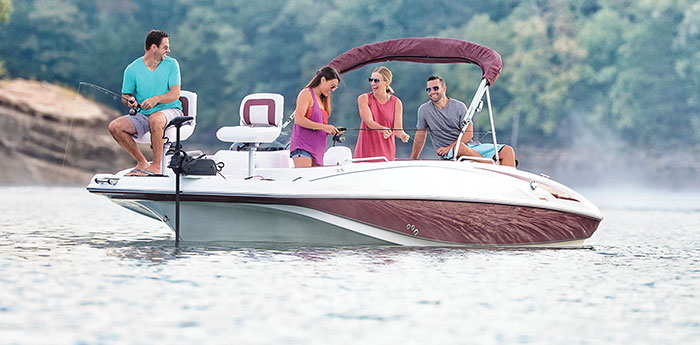
The U.S. Coast Guard also recommends that you maintain your boat year-round. Your owner’s manuals provide important checklists for day-to-day inspections.
Before starting the engine, view and “sniff” your bilges for leaking fuel or fuel vapors. Actually open the engine compartment, view the bilges and use your sense of smell. Your nose is the best fuel/vapor detector.
For inboard and sterndrive gasoline boats, run the engine compartment blower for at least four minutes before starting the engine.
If you have a VHF radio, make sure it is operational.
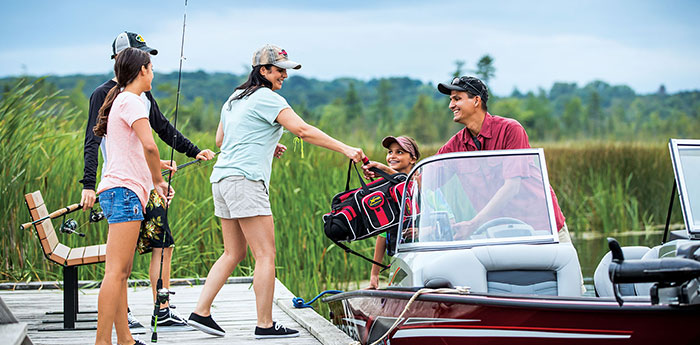
Office of Auxiliary and Boating Safety
Commandant (CG-BSX-2) Stop – 7501
2703 Martin Luther King Jr. Ave., S.E.
Washington, DC 20593-7501
uscgboating.org
202.372.1062
231 S. LaSalle Street, Suite 2050
Chicago, IL 60604
nmma.org
discoverboating.com
312.946.6200
